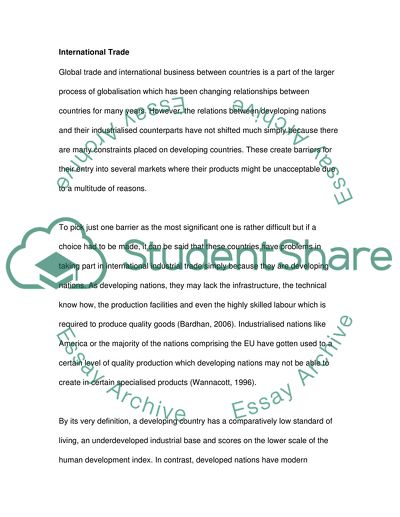Cite this document
(Rich and Poor Countries Essay Example | Topics and Well Written Essays - 2000 words, n.d.)
Rich and Poor Countries Essay Example | Topics and Well Written Essays - 2000 words. Retrieved from https://studentshare.org/sociology/1707615-globalisation-7examine-the-divide-between-rich-and-poor-countries-and-comment-on-causes-and-trends-over-recent-decades
Rich and Poor Countries Essay Example | Topics and Well Written Essays - 2000 words. Retrieved from https://studentshare.org/sociology/1707615-globalisation-7examine-the-divide-between-rich-and-poor-countries-and-comment-on-causes-and-trends-over-recent-decades
(Rich and Poor Countries Essay Example | Topics and Well Written Essays - 2000 Words)
Rich and Poor Countries Essay Example | Topics and Well Written Essays - 2000 Words. https://studentshare.org/sociology/1707615-globalisation-7examine-the-divide-between-rich-and-poor-countries-and-comment-on-causes-and-trends-over-recent-decades.
Rich and Poor Countries Essay Example | Topics and Well Written Essays - 2000 Words. https://studentshare.org/sociology/1707615-globalisation-7examine-the-divide-between-rich-and-poor-countries-and-comment-on-causes-and-trends-over-recent-decades.
“Rich and Poor Countries Essay Example | Topics and Well Written Essays - 2000 Words”, n.d. https://studentshare.org/sociology/1707615-globalisation-7examine-the-divide-between-rich-and-poor-countries-and-comment-on-causes-and-trends-over-recent-decades.


